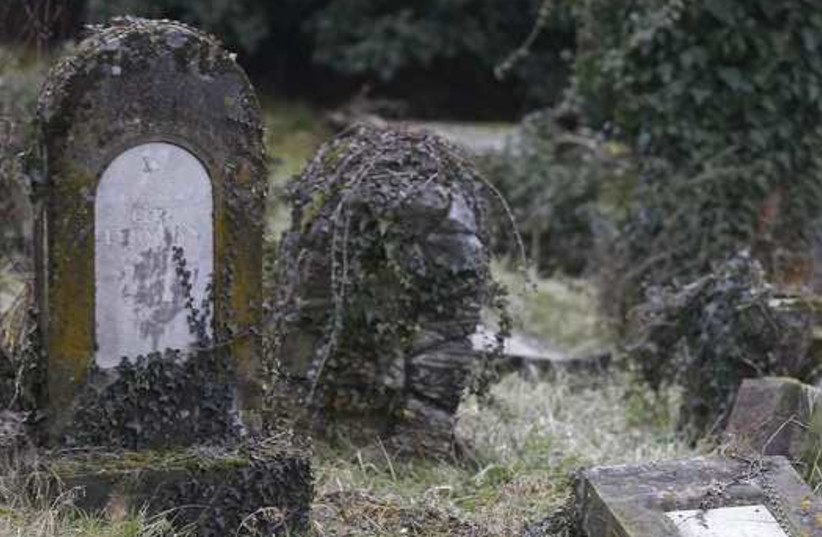 Archaeologists explore medieval grave robbing phenomenon
Archaeologists explore medieval grave robbing phenomenon
JERUSALEM POST STAFF
The practice of reopening and removing items from graves soon after burial, traditionally known as ‘robbing,’ began its spread across Europe in the sixth century.

Throughout the Dark Ages, people across Europe commonly reopened the graves of their own dead to remove certain items. In a Cambridge University study published on Friday in the academic journal Antiquity, archaeologists tried to solve the riddle of why this was typical in places such as Romania and Anglo-Saxon England.
The practice of reopening and removing items from graves soon after they were buried began to spread across Europe in the sixth century, peaking in the seventh century and before starting to decline prior to the start of the eighth century, spanning the length of the Merovingian period in Western Europe, the study’s co-author Astrid Noterman explained in a statement obtained by Live Science.
But what is unclear about this phenomenon is that only certain grave items would be taken. It wasn’t even the most valuable items that were taken, as most of what was stolen, particularly old swords, would have certainly been in incredibly poor condition and would likely have been unusable.
Indeed, swords and brooches were noted as being among the most commonly-taken items from the graves.
The study notes that many early medieval law codes explicitly outlaw grave robbing, and refers to the “common sense” explanation many archaeologists have for such phenomenon: Theft or greed. Other scholars in the past have cited economic crises and a shortage in types of metals as possible reasons, and some have considered the greater Christianization of these areas as a factor, as this could have led to less instances of furnished burials.
Complicating this even further is the fact that while some initially thought of this phenomenon as anomalous and abnormal, the study found that it was rather widespread, noting that “burial reopening was a common part of the life course of early medieval cemeteries.”
However, archaeologists believe the removed items actually held deep significance for the people of the time, even if they had no practical or economic use.
“Swords and brooches are some of the most significantly laden objects in the graves,” lead study author Alison Klevnäs of Stockholm University told Live Science. “These were given as gifts and passed on as heirlooms; they’re objects used to link people, including across generations. They bring stories and memories. So it’s likely that they are retrieved for these reasons.”
Zawartość publikowanych artykułów i materiałów nie reprezentuje poglądów ani opinii Reunion’68,
ani też webmastera Blogu Reunion’68, chyba ze jest to wyraźnie zaznaczone.
Twoje uwagi, linki, własne artykuły lub wiadomości prześlij na adres:
webmaster@reunion68.com
